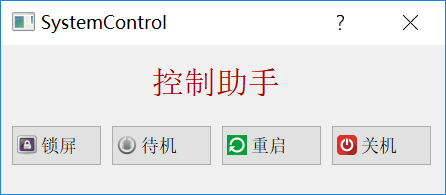new和delete
1.malloc,free和new,delete区别。
a.malloc,free是C/C++的标准库函数。new,delete是c++的操作符。
b.malloc申请的是内存,严格意义不是“对象”,new申请的可以理解为“对象”,new 时会调用构造函数,返回指向该对象的指针。
c.对于class类型,必须用new/delete来创建和销毁,自动调用构造和析构函数,malloc/free无法胜任。
2.使用new遵循原则:
a.用new申请的内存,必须用delete释放。
b.用new[]申请的内存,必须用delete[]释放。
c.delete释放内存后,指针值不变,良好的风格是释放后指针置为NULL,如,delete p; p = NULL。
使用
1.申请一个对象
1 | int* p1 = new int; |
2.申请多个对象
1 | int* p1 = new int[12]; |
3.申请一个长度为1024的char数组
1 | char* pArray = new char[1024]; |
4.申请一个类对象
1 | #include <stdio.h> |
5.申请1024个类对象
1 | #include <stdio.h> |
new多个对象不能传参数,要求该类必须有默认构造函数。


